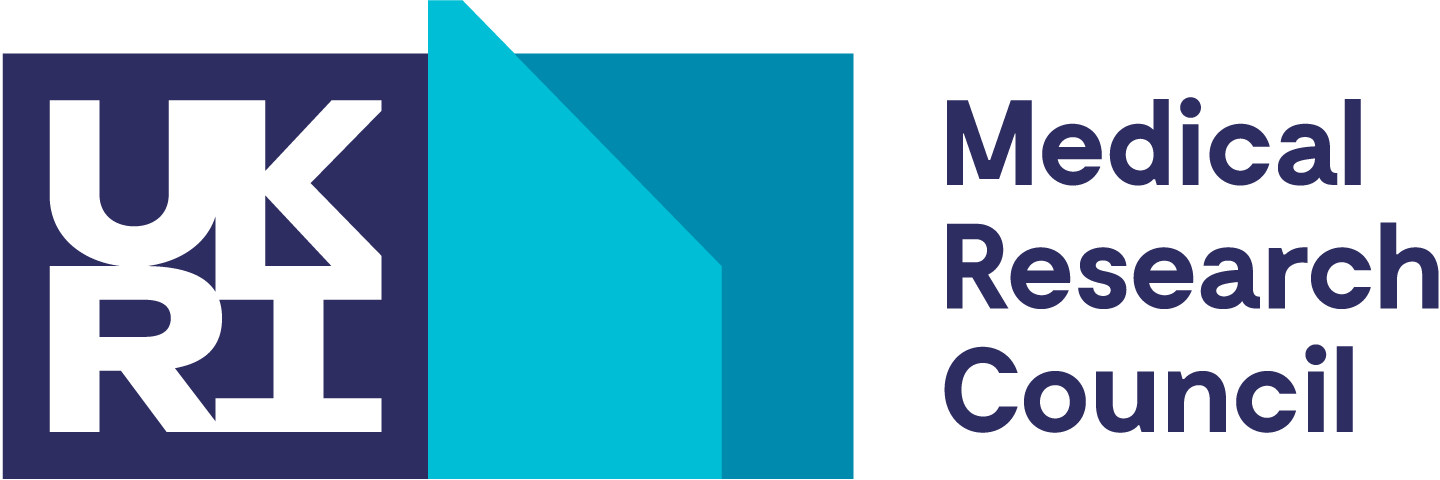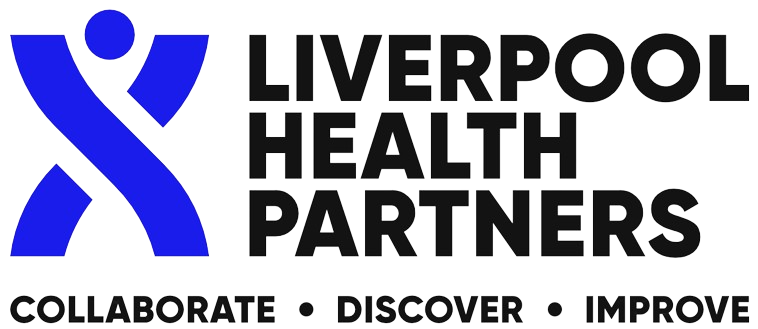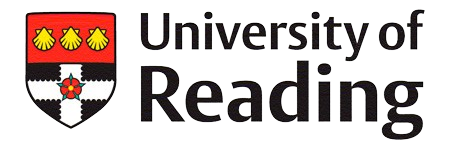
Wirral Child Health & Development Study (WCHADS)
Overview
Aims
The Wirral Child Health and Development Study is a prospective epidemiological longitudinal study starting in pregnancy established in 2007 to identify early social, emotional and biological risks and processes involved in the development of childhood conduct problems. The study was designed to identify pathways to antisocial outcomes that might require differing treatment responses and to identify pathways to childhood emotional problems. Moving into adolescence, the WCHADS team are interested in additional factors important for child and adolescent mental health, including social media experiences, friendships, bullying, risky behaviours and physical, hormonal and psychological changes associated with puberty.
Institution
Institute of Life & Human Sciences, University of Liverpool
Geographic coverage - Nations
England
Geographic coverage - Regions
Wirral, Merseyside
Start date
2007
Catalogue record last updated
30/04/2025
Sample
Sample type
Pregnancy cohort
Sample details
WCHADS recruited a sample mothers and infants. A larger (‘extensive’) general population sample was used to provide a stratified simple random subsample (the ‘intensive’ sample), with both followed in tandem. Participants were identified from first-time mothers aged 18 years and above who booked for antenatal care at the Wirral University Teaching Hospital at 12 weeks gestation between February 2007 and October 2008. The clinic was the sole provider of universal prenatal care on the Wirral Peninsula. The study was introduced to the women by clinic midwives who asked for their agreement to be approached by study midwives at their 20-week scan. The extensive sample of 1,233 women pregnant with their first child was recruited at 20 weeks of pregnancy and subsequently had a live singleton baby. Owing to the socio-demographic composition of the Wirral, 41.7% of the sample were in the most deprived quintile of deprivation at recruitment and the sample has with low numbers from ethnic minority backgrounds.
Inter-partner psychological abuse reported by the women was used as the stratification variable because of its known association with a variety of risk factors for early development. All participants scoring above the threshold for psychological abuse towards themselves or their partners at 20 weeks gestation were eligible for inclusion in the intensive sample plus a random selection from those below the threshold. 51% of the intensive sample were drawn from the women with high psychosocial risk and 49% from those with low psychosocial risk.
Sample size at recruitment
1,233 cohort members
Sample size at most recent sweep
888 cohort members (2021 - Phase 15)
Sex
All
Age at recruitment
Infants: 20 weeks gestation
Mothers: 18-51 years
Cohort year of birth
2007-09
Data
Data access
Project proposal - see data access guidance
WCHADS Data Access Policy (pdf)
liverpool.ac.uk/population-health/research/groups/first-steps/information-for-researchers/
Genetic data collected
Linkage to administrative data
Education data Environmental data Health data
Key Papers
Maternal antenatal anxiety, postnatal stroking and emotional problems in children: outcomes predicted from pre- and postnatal programming hypotheses.doi.org/10.1017/S0033291714001342
Additional information
Website
liverpool.ac.uk/population-health/research/groups/first-steps//
Related themes
Covid-19 data collection,
Biomarkers,
Cognitive measures,
Education,
Housing,
Socioeconomic status and deprivation,
Language and literacy,
Loneliness and social isolation,
Neighbourhood,
Digital technology and social media,
Victimisation and life events,
Reproductive health,
Work and employment,
Parenting and family,
Sleep problems
Mental health measures timeline
Sweep name:
Cohort member age:
Data collection period:
Notes:
Physical health measures:









